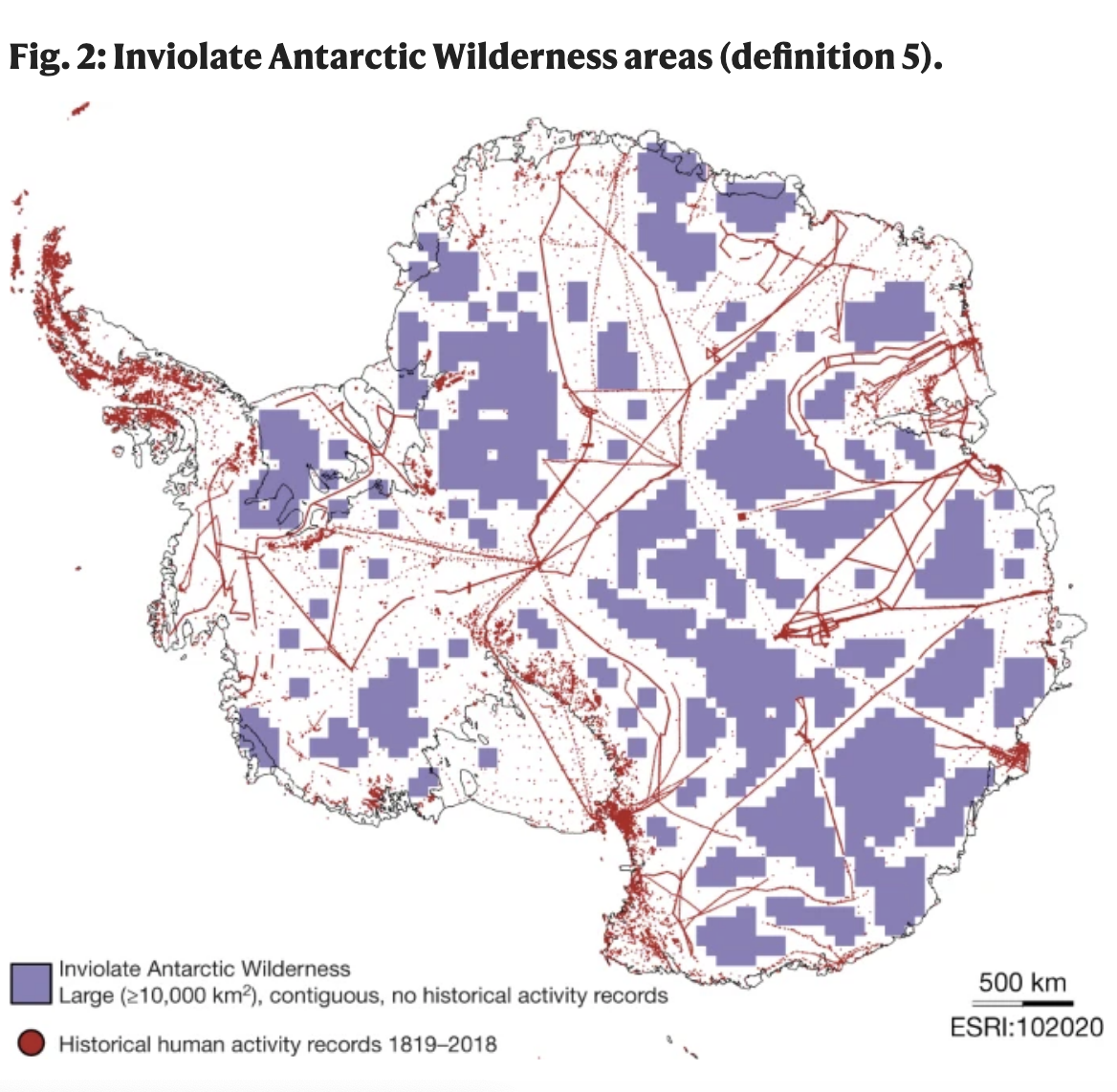Antarctica is known for its remote and pristine wilderness, as one of the last intact expanses of land on our planet. But after just two centuries of exploration, new research has found there are very few parts of this icy continent that have never been touched by humans.
While 99.6 percent of Antarctica can still be considered undeveloped wilderness, that area has become fragmented and does not include most of the continent's biodiversity, which tends to clump right where we put our research stations and take tourists.
"In a region often thought of as remote, we showed that in fact human activity has been extensive, especially in ice-free and coastal areas where most of its biodiversity is found," says Bernard Coetzee, a conservation scientist at Wits University in Johannesburg, South Africa.
"This means that 'wilderness' areas do not capture many of the continent's important biodiversity sites, but that an opportunity exists to conserve the last of the wild."
Using all available reports on human activity in Antarctica for the past 200 years (a data set of over 2.7 million records), researchers have revealed that pristine areas, free from human interference, now cover less than a third of Antarctica. Unfortunately, these last-standing natural sanctuaries are on the decline.
Even without cities, agriculture or industry, escalating human activity from scientific studies and tourism has left biodiversity on our planet's southernmost continent in a vulnerable state.
This dwindling wilderness is in dire need of protection, but the extent of it and the impact of human activity on biodiversity are not well researched, so there's little guidance for conservationists to work with.
The new study, for instance, found that only 16 percent of Antarctica's Important Bird Areas are located within negligibly impacted areas, and few of these areas are enclosed in Antarctica's Specially Protected Area network.
"While the situation does not look promising initially," notes biologist Rachel Leihy from Monash University in Australia, "the outcomes show that much opportunity exists to take swift action to declare new protected areas for the conservation of both wilderness and biodiversity."
 (Leihy et al., Nature, 2020)
(Leihy et al., Nature, 2020)
However, getting everyone to agree might be difficult. The Antarctic Treaty requires each of the 29 parties responsible for the decision to come to a consensus on what human activities should be limited in what areas. When there's so much international vested interest, the availability of convincing data is crucial.
To help resolve any disagreements in this arena, the new research has extensively mapped human activity against biodiversity in Antarctica.
Apart from some truly remote parts in the middle, humans have stomped across nearly the whole continent; even the most fleeting visits can have substantial and cumulative consequences.
Previous definitions of wilderness have overlooked these transitory visits and assumed they have little to no impact on flora and fauna. Plus, other studies clearly show that pollution and climate change, also driven by humans, have reached the icy south as well.
"These impacts arise because of the sensitivity of many Antarctic landscapes, especially to repeated activity, and their reduced rates of recovery from disturbance due to the generally slow life histories of the indigenous terrestrial biota," explain the authors of the new study.
"Thus, ignoring transitory human activity, as do the three previous wilderness definitions, provides an inflated estimate of the extent of the Antarctic wilderness."
The hope is that their comprehensive data set will convince the Antarctic Treaty Parties to expand the continent's specially protected areas and secure it's untouched wilderness for the future, before it disappears for good.
The study was published in Nature.
#Environment | https://sciencespies.com/environment/analysis-of-200-years-of-human-activity-in-antarctica-reveals-an-unsettling-picture/
No comments:
Post a Comment